

|
Search | Index | Home | Glossary | Contact Us |
|
|
|
ATSDR
The Agency for Toxic Substances and Disease Registry (ATSDR) is a federal public health agency, a part of the U.S. Department of Health and Human Services. Created by 1980 Superfund legislation, ATSDR evaluates human exposure to hazardous substances at waste sites -- or at other places where hazardous substances may have been released into the environment.
ATSDR is an advisory agency. It does not make or enforce regulations. ATSDR works in cooperation with local and other public health agencies. ATSDR assesses the potential for exposure at a site and may recommend actions to protect public health.
OROTE Landfill Site
The Orote Landfill is approximately 9.4 acres of US Navy property on the southern portion of the Orote Peninsula (Figure 1). From around 1944 to 1969, the Orote Landfill was used for disposal of residential, industrial, and construction waste.
The face of the cliff that surrounds the landfill was reportedly the most
active disposal area. Flammable material was burned, and the ashes
were buried on the cliff above the nearby cove. Nonflammable materials
were either buried behind the cliff or bulldozed over the cliff
onto the beach. Erosion of the landfill cliff has also been observed as
a source of the debris on the beach. Prior to the construction of
the seawall which started in March 1999, the unprotected cliff and
landfill material at the Orote Landfill were eroding into the Philippine
sea. By February 2001, the Navy completed the seawall and a cover on the surface of the landfill.
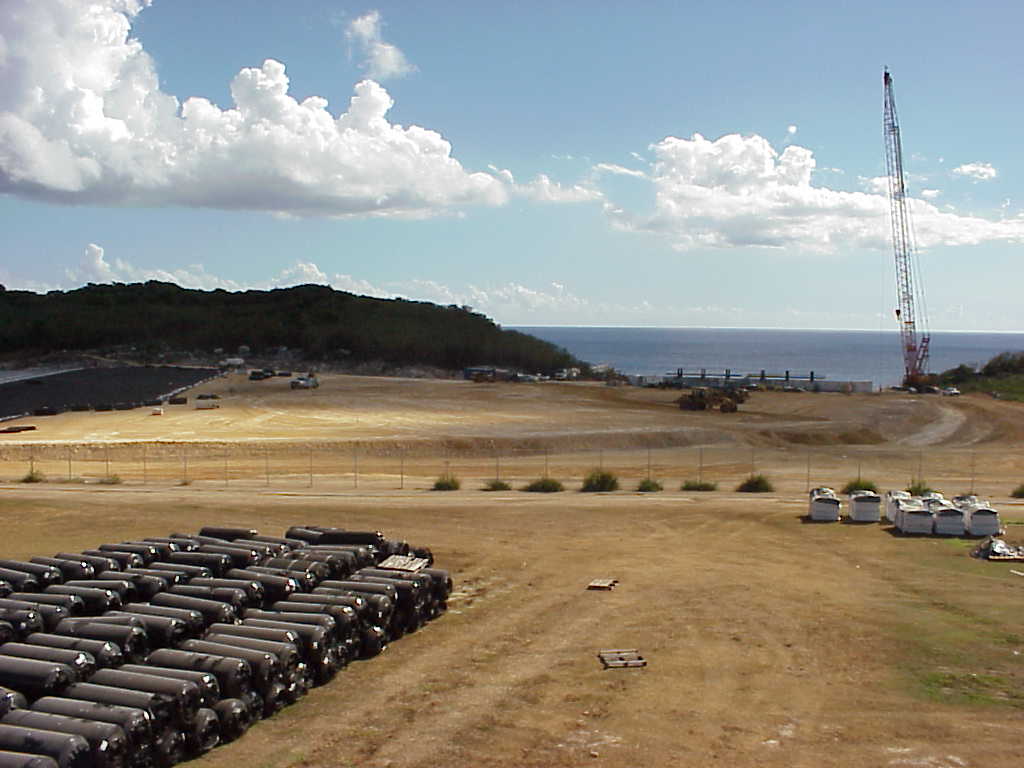

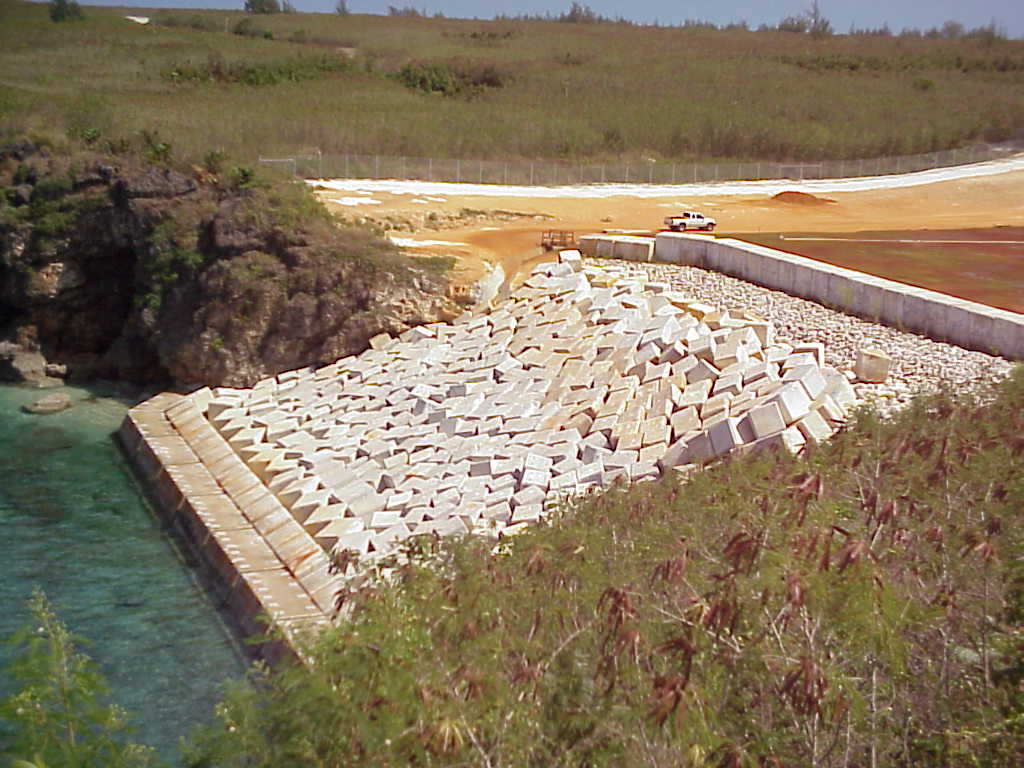
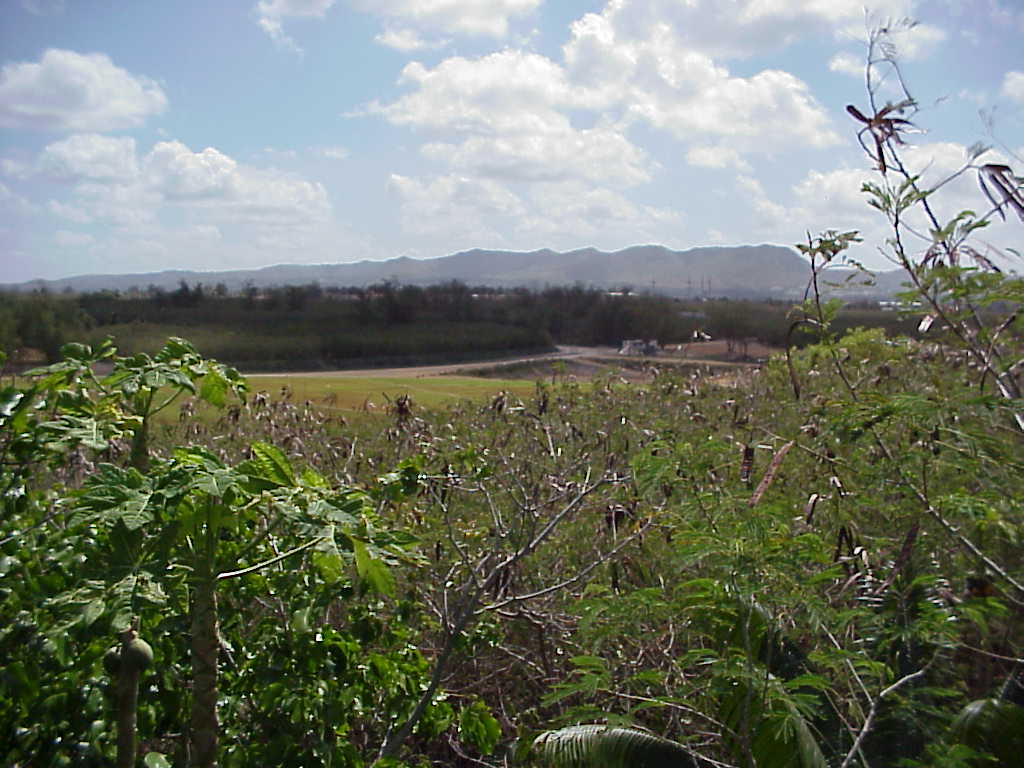
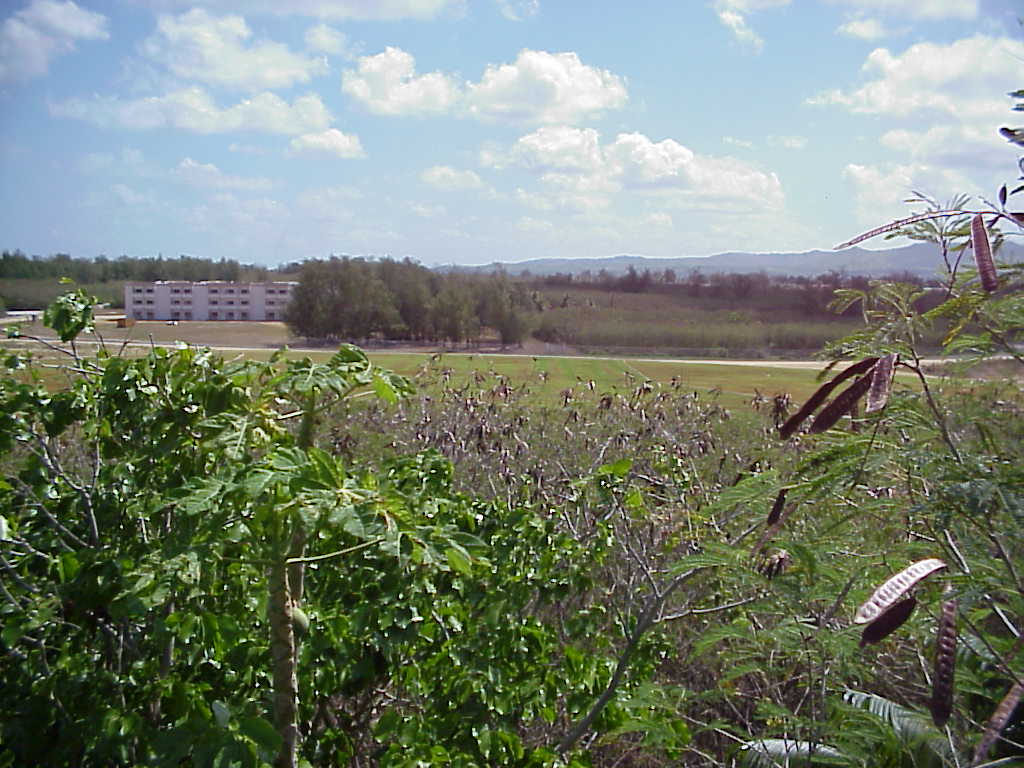
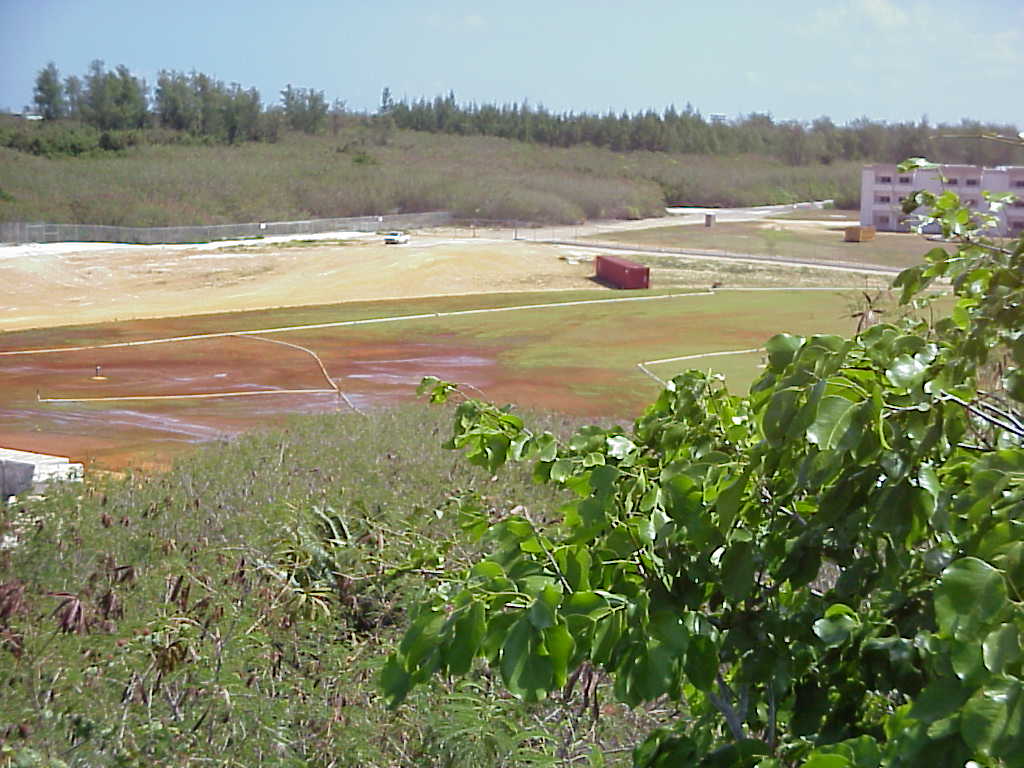
Review of Fish Sampling
In June 2001, as part of a post-remediation baseline
and ecological risk assessment, the Navy conducted fish tissue sampling
from three areas near the seawall of the Orote Landfill. The areas sampled
were at the north and south ends of the seawall and from the area known
as Barracuda Rock. Approximately five samples of each fish (sergeant
major and hexagon grouper) were collected from each of the sampling locations.
The chemicals sampled were polychlorinated biphenyls (PCBs), chlorinated
pesticides (i.e., DDT, chlordane, dieldrin), polycyclic aromatic hydrocarbons
(PAHs), chlorinated dioxins/furans, and metals (i.e., lead). Preliminary
fish sampling conducted showed elevated levels of PCBs, pesticides, and
some metals, thus prompting the advisory.
In October 2001, a temporary seafood advisory was put into effect from
Orote Point to Nimitz Beach. The advisory is for seafood caught in the
waters between the shore and the inshore reef edge, an area of approximately
2½ by 8 miles. In November and December, additional fish were collected
by the Navy, with oversight from Guam EPA and the US EPA. These
fish were from the waters offshore of the Orote Landfill (from Gabgab
Beach to Facpi Point). These data should be available early 2002. In
conjunction with Guam Public Health, the Navy will survey families and
individuals in the community to determine the types and amount of seafood
eaten.
Frequently asked questions
We were advised not to eat seafood caught near the Orote Landfill
area. Are we likely to get sick from the fish we ate before the advisory?
ATSDR reviewed scientific literature of studies of people exposed to the
same chemicals detected in the fish caught near the Orote Landfill area.
The majority of the studies found no harmful health effects in the
people exposed to similar chemical levels as those detected in the fish.
Therefore, we would not likely find harmful health effects related to
exposure in people who ate the fish before the advisory.
When will the advisory be removed?
Fish is a healthy, nutritious food and an important part of the diet of
the people of Guam. ATSDR is working with Guam Public Health, Guam EPA,
and the Navy to find out what seafood is eaten by the people on Guam,
where the seafood comes from, and how it is prepared.
This information, along with additional fish sampling results, will assist the
groups working on this important public health issue to make future decisions
about removing the temporary advisory.
After the investigation is completed, it may be possible to remove the advisory
for some seafood or make recommendations on where seafood can be caught and
which seafood or portions of seafood can be eaten and how to prepare them. For
example eating younger and smaller fish (which generally contain lower levels
of PCBs); removing the skin and fatty tissue in the belly and along the sides;
and baking or broiling the fish reduces the possibility of exposure to PCBs
and other chemicals. The drippings from the fish should not be eaten or used
in cooking. Families can also reduce their exposure by only eating the meaty
portions of lobster and crab.
Is there a medical test that would show whether I have been exposed to
PCBs?
Yes, blood tests are the safest and easiest method for detecting PCB exposure.
Most people have some detectable level of PCBs in their blood. The blood test
for PCBs will only indicate whether you were exposed to a greater extent than
the general population. The medical meaning of detectable blood PCB levels is
unclear. Measuring the level of a chemical is different from establishing its
effects. These tests do not help physicians provide better treatment.
What should I do if I have additional questions?
For additional information, you may contact a representative of ATSDR or Guam
Public Health. Contact information is provided below.
| Monica Booker Environmental Health Scientist |
| Charles Grosse Environmental Health Scientist |
| Dr. Ketna Mistry Physician |
| LaFreta Dalton Health Communications Specialist |
| Maria Teran-MacIver Health Communications Specialist |
| Gwen Eng Region 9 Representative |
| Bill Nelson Senior Region 9 Senior Representative |
| Aimee Tucker Environmental Health Fellow |
| US Naval Forces Marianas Lt. Monica Richardson, Public Affairs Officer 671-339-5207 |
| Guam Department of Public Health and Social Services Robert Haddock, DVM, Territorial Epidemiologist 671-735-7299 |
| Guam Environmental Protection Agency Conchita S.N. Taitano,Project Manager 671-475-1658/59, guamepa@mail.gov.gu |
| Walter S. Leon Guerrero, Team Member 671-475-1644, walterlg@mail.gov.gu |
| Grace O. Garces, Public Infomation Officer 671-475-1623, gogarces@mail.gov.gu |
See
the ATSDR News Archive for previous news items.
Back to ATSDR Home page
This page last updated on February 4, 2002
Contact Name: Joanne D. Cox/ JDCox@cdc.gov
ATSDR Home |
Search |
Index |
Glossary |
Contact Us
About ATSDR |
News Archive |
ToxFAQs |
Public Health Assessments
Privacy Policy |
External Links Disclaimer |
Accessibility
US
Department of Health and Human Services